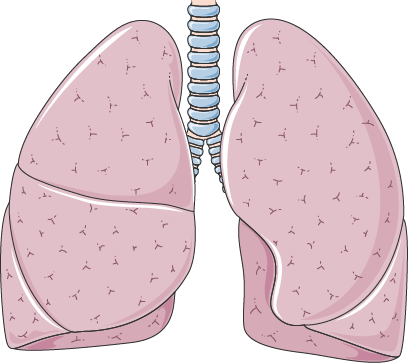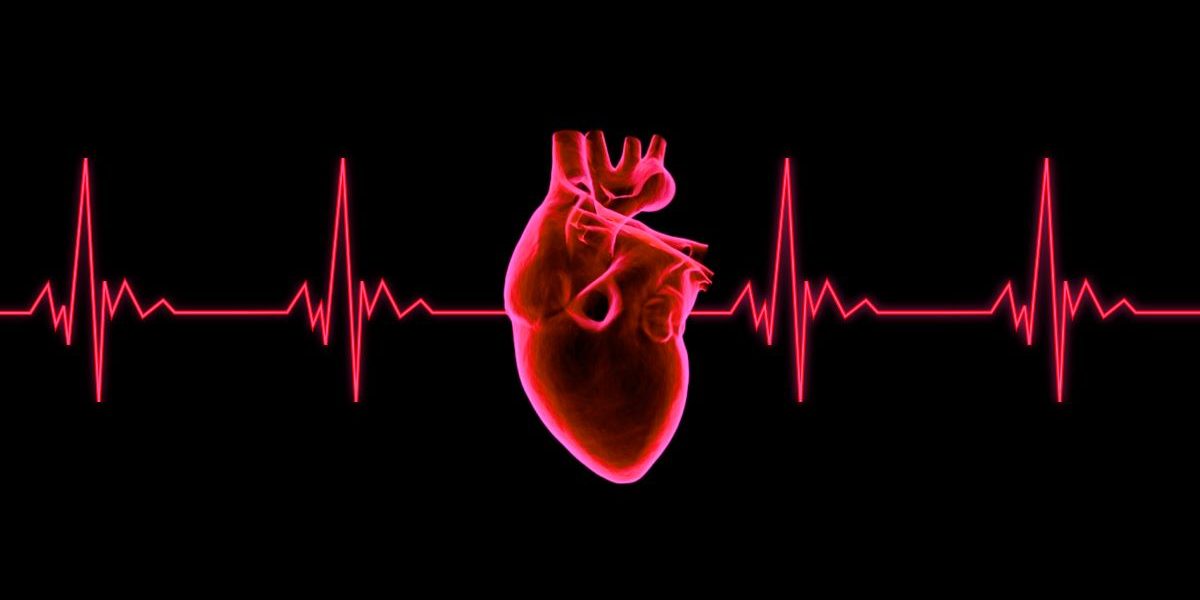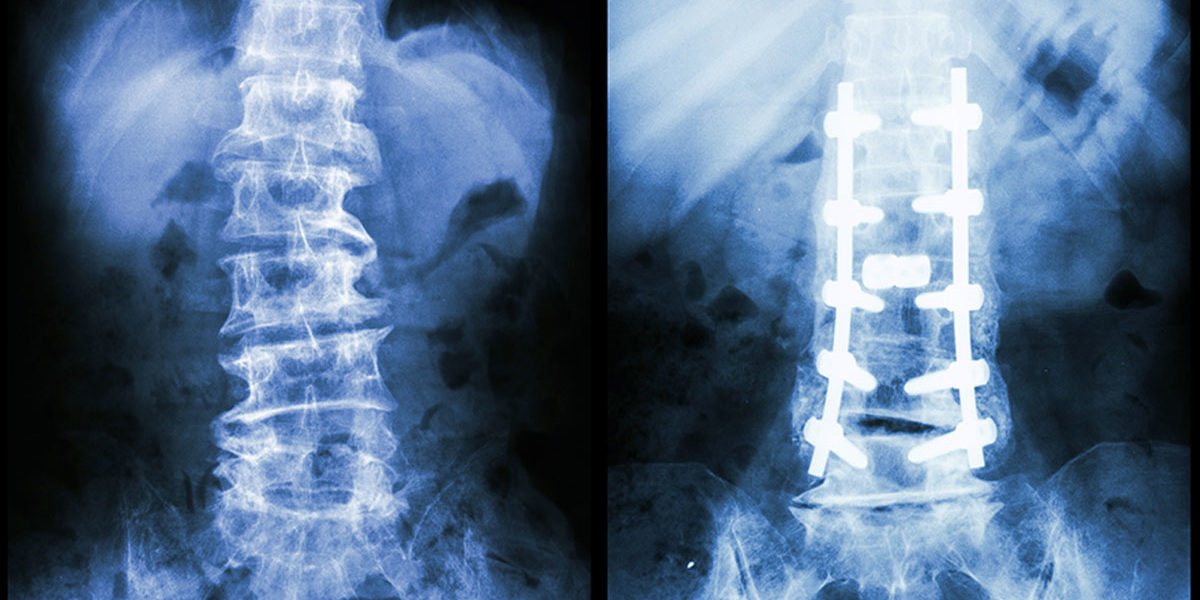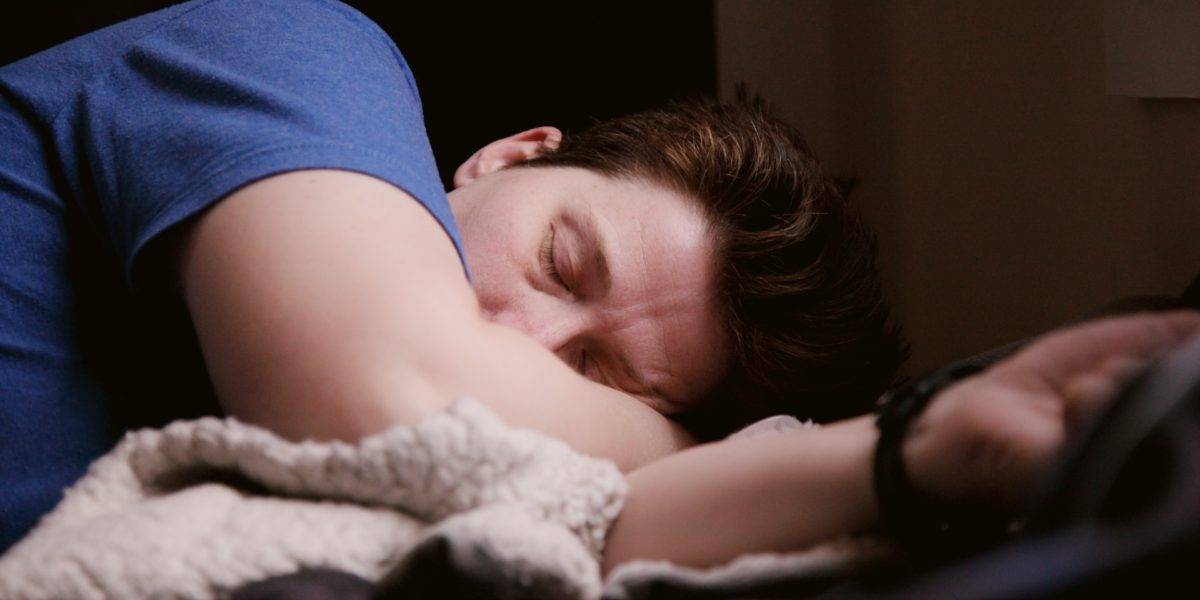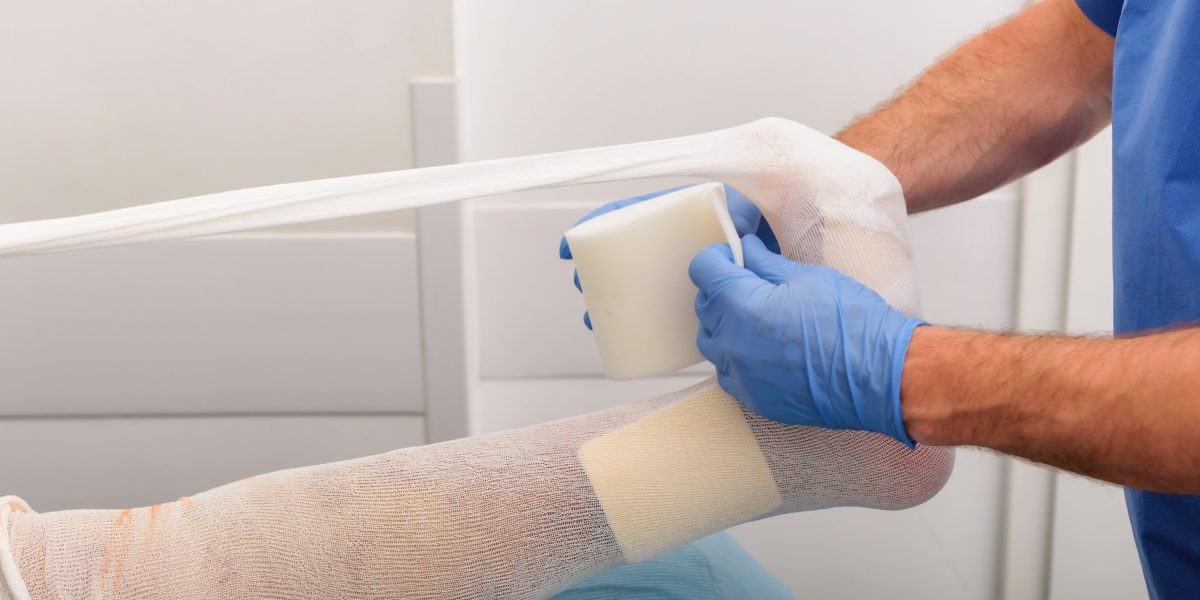All jokes aside, our respiratory health is something most people take for granted every day. Quite literally, there is a colloquial phrase that exists to motivate people to do a task so often, that it comes as naturally as breathing. However, we do not control our breathing as much as this phrase suggests. In fact, when we are not paying attention, we do not control our breathing at all. Our autonomic nervous system performs the vital functions of inspiration and expiration for us of breathing in and breathing out. Without such a system, I surely would not want to fall asleep at night! But what happens when our respiratory health declines? How do we support people’s respiration when their bodies are not able to? Our answer is ventilators.
Continue reading “Ventilators: Know About Them Before You Need One”Tag: medical devices
Using Vacuum Pressure to Heal Stroke & DVT Patients
Blocked blood vessels
Strokes are the 2nd leading cause of death worldwide. An estimated 795,000 people suffer a stroke every year in the United States. A stroke occurs when a blockage in a blood vessel leads to disruption or blockage of blood flow to the brain. Also, an estimated 350,000 people every year in the US suffer a deep vein thrombosis, which is when a blood clot forms in the deep veins often in the lower extremities. Venous clots can travel up the legs into the lungs or other vital organs, where they can become extremely dangerous or even fatal. When a blood vessel in a vital organ becomes occluded, blood flow must be restored as quickly as possible to return the patient to health.
There are two main procedural methods for removing blood clots from blocked arteries and veins: using tooling to extract the clot mechanically or using pressurized instruments to suck the clot mass out. Suction thrombectomies, also known as aspiration thrombectomies, are becoming more common because they have higher success rates of patient recovery.
READ MOREChopsticks and Simulations: How this combination can save millions and years in cancer research
Did you know that getting a single drug approved can take around 20 years and cost millions of dollars? This lengthy process includes rigorous in vitro (lab-based), in vivo (animal testing), and clinical trials to ensure safety and efficacy.
But what if I told you that scientists are working on advanced 3D in vitro cell culture models that could bridge the gap between traditional 2D cell cultures and animal testing? These innovative models can potentially revolutionize drug development, saving both time and money.
Continue reading “Chopsticks and Simulations: How this combination can save millions and years in cancer research”Strengthening the Spine with Pedicle Screws
How are pedicle screws being used to strengthen the vertebrae in spinal fusion surgeries?
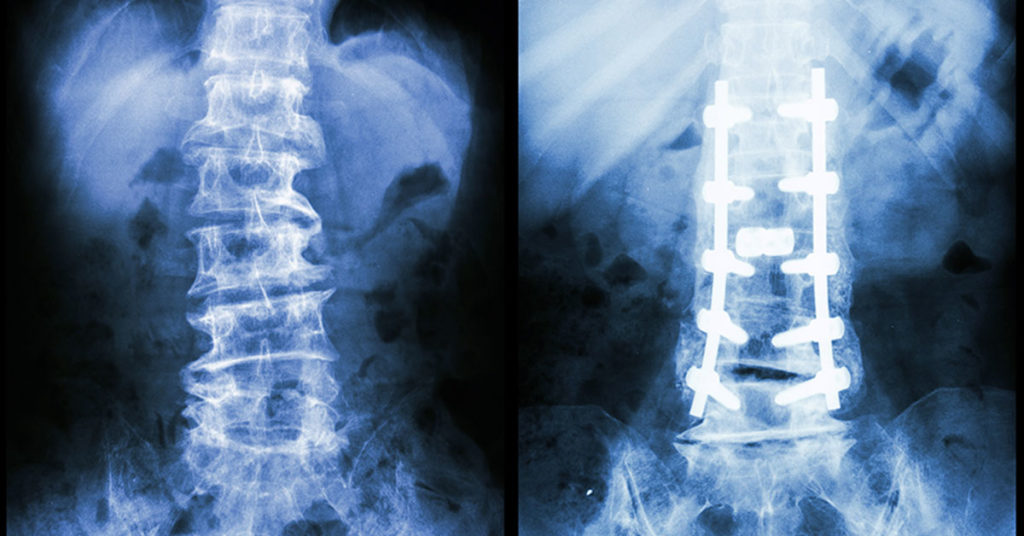
In the US alone, over 300,000 spinal fusion surgeries are performed every year to correct for fractures, deformations, or spinal instabilities. These surgeries are often performed by inserting a pedicle screw into the damaged vertebrae to increase the strength of the fusion. These screws are most often used in cases where the bone in the surrounding area is already weak, which decreases the likelihood of success in the surgery. Essentially, pedicle screws are used in damaged bones to increase their strength, in turn increasing the likelihood of success in a high-risk patient.
Continue reading “Strengthening the Spine with Pedicle Screws”Not Everyone Breathes While they Sleep: The Dangers of Sleep Apnea
You might think that breathing in our sleep should come naturally – if breathing and sleeping are both physiologically necessary, then we must be able to do them simultaneously right? Unfortunately, almost a quarter of middle-aged American men and nearly 10% of women suffer from sleep apnea, a chronic condition characterized by repeatedly stopping breathing while sleeping. The clinical symptoms seem rather benign – snoring, sleepiness, fatigue during the day or other issues sleeping. However, by far the most dangerous aspect of this disease is that it puts patients at increased risk of high blood pressure, stroke, coronary heart disease, as well as occupational and/or automobile accidents. Over the last several decades, a variety of therapy options have been studied to treat this condition, ranging from drugs to masks to surgery.
Continue reading “Not Everyone Breathes While they Sleep: The Dangers of Sleep Apnea”Skeletal Support Seekers’ Success (So Far)
Bones break, and broken bones need time to heal, or regrow. Fans of J.K. Rowling’s Harry Potter series are quite familiar with the concept of bone repair, as Harry is once required to drink a Skele-Gro potion to magically (and painfully) regrow his arm bones overnight. Now, as fantastic as it would be to completely fix broken bones in a few hours, modern medicine has not yet discovered that secret of the Wizarding World; however, several treatments have been developed in attempts to speed the rate of fracture repair as well as increase the comfort of the patient (take that, Skele-Gro).
Continue reading “Skeletal Support Seekers’ Success (So Far)”
